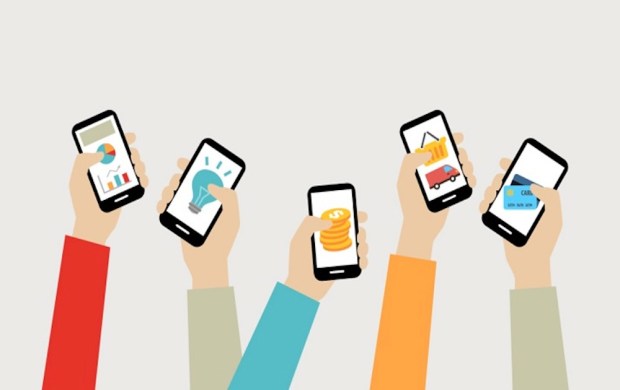Fiserv Survey: More Consumers Using Mobile Bill Pay, Slowly Testing Digital Wallets

The latest Expectations & Experiences consumer trends survey from Fiserv, a leading global provider of financial services technology solutions, finds that consumers are paying more bills from mobile devices while slowly starting to venture into digital wallets.
According to a press release, the percentage of consumers using mobile pay rose significantly from late 2015 to late 2016, growing from 22 percent to 28 percent. Among mobile banking users, 41 percent used the service to pay bills in the past 30 days.
In addition, consumers using person-to-person (P2P) payments via a financial organization in the past 30 days increased by more than one-third from 2015 to 2016, growing from 14 percent to 19 percent. And digital wallet adoption is growing at a slow but steady rate, with 13 percent of consumers indicating they have used a digital wallet in the last 30 days, up from 11 percent in 2015 and 8 percent in 2014. Fifteen percent of consumers said they had used a digital wallet in the past year.
“Consumers are living more digital lives, and that is being reflected in the way they pay,” said Mark Ernst, chief operating officer at Fiserv. “Bill payments and person-to-person payments from mobile pay devices are making their way toward the mainstream, while digital wallets are showing slow but steady growth reminiscent of the early days of online banking.”
Digital wallet features that incorporate easily with people’s lifestyles appear to have the most appeal, such as being able to turn off credit or debit cards in case of fraud (43 percent), withdrawing cash without a card (28 percent) and paying someone in real time (26 percent). The survey goes on to recommend that adding or promoting these capabilities could help drive further adoption.
It shouldn’t come as a surprise that millennials are utilizing banking technology more than older consumers, with 29 percent of millennials using a digital wallet over just 8 percent of older respondents. Younger consumers are also more interested in faster payments, with 93 percent of millennials and 85 percent of Gen Xers (ages 37-51) saying that it is at least somewhat important that the payments they make are delivered in real time, compared to 76 percent of the overall population.